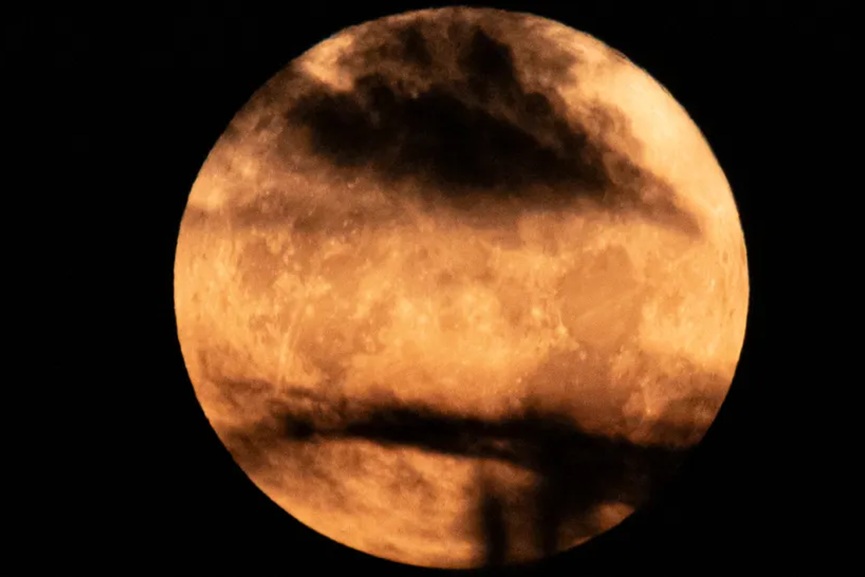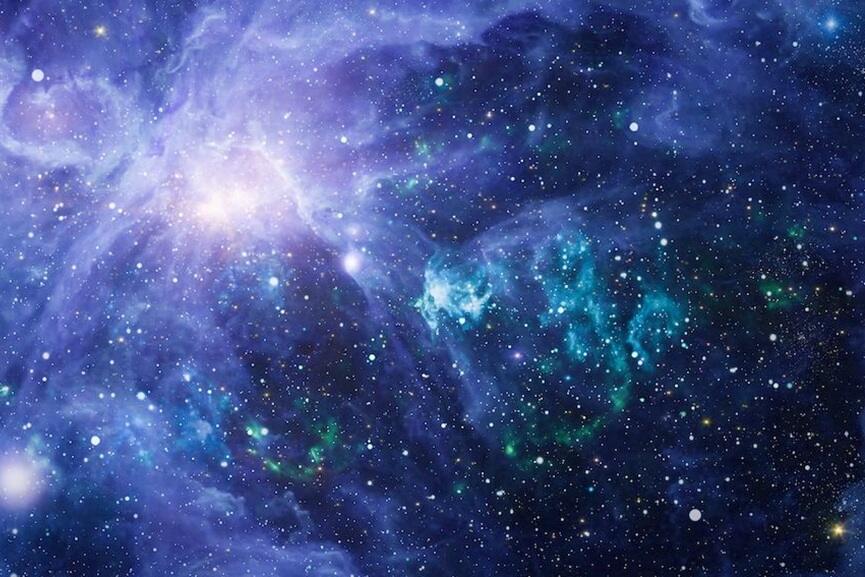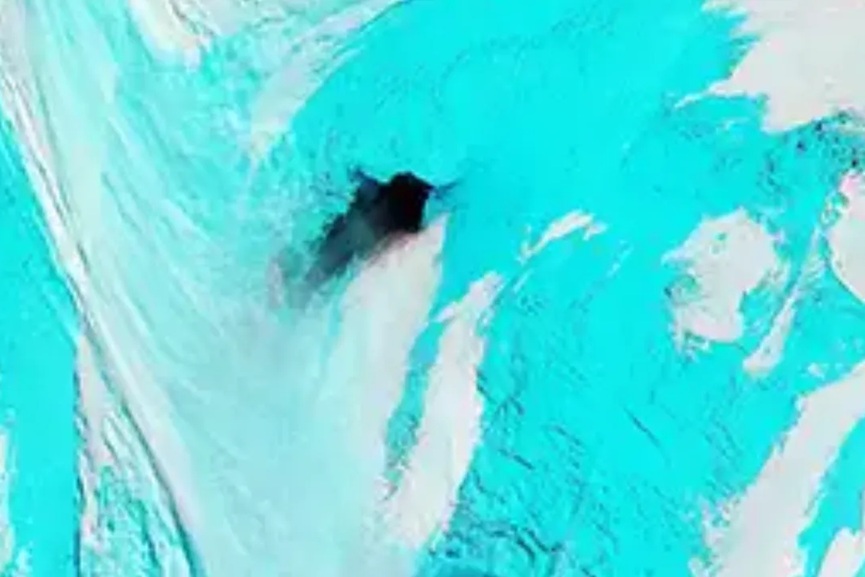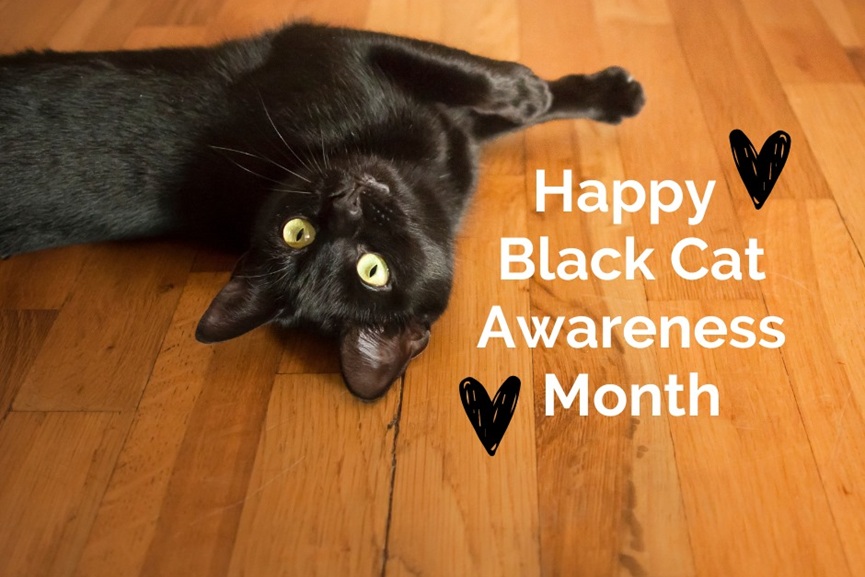The night sky will offer a celestial spectacle on July 10 as the full moon of July, popularly known as the Buck Moon, rises with an extraordinary optical phenomenon called the Moon illusion, making it appear dramatically larger when close to the horizon.
This year’s Buck Moon will also coincide with a rare astronomical event known as a Major Lunar Standstill. This phenomenon occurs only once every 18.6 years, further enhancing the visual impact of the moonrise.
Why Will the Moon Appear So Big and Low?
The striking appearance of the full moon near the horizon is the result of the Moon illusion, an optical effect that tricks the human brain into perceiving the moon as much larger than when it is high overhead. In reality, the moon’s size remains constant, but its proximity to the horizon, with familiar objects like trees and buildings in view, creates the illusion of enormity.
Adding to the spectacle, July’s full moon will follow a shallow path across the night sky, appearing particularly low after sunset. This is because the full moon in July occurs shortly after the summer solstice, when the sun is at its highest point in the daytime sky, causing the moon, always opposite the sun during its full phase, to trace its lowest arc.
This year, the effect will be even more dramatic due to the Major Lunar Standstill, a rare occurrence caused by the gravitational pull of the sun altering the moon’s orbit, making its path appear unusually extreme. During this period, the moon’s rise and set points on the horizon reach their furthest extremes within the 18.6-year lunar cycle.
🌕 July 10: The Full Buck Moon is coming! 🦌
Find out what makes this Moon special in the video — and don’t forget to save it so you’re ready for July’s sky show.
Happy Moon-watching! 🌝Learn more about the July Full Moon: https://t.co/XvaE9nAVUU
#moon #fullmoon… pic.twitter.com/AXYQjy9N0F— Star Walk (@StarWalk) July 8, 2025
Science Behind the Lunar Standstill
A full moon happens when the moon is positioned directly opposite the sun, fully illuminated from Earth’s perspective. The moon’s orbit is tilted by about 5 degrees relative to the Earth’s orbital plane around the sun, known as the ecliptic.
Over time, the nodes- the points where the moon’s path crosses the ecliptic, precess, or shift, completing a full cycle every 18.6 years.
When a Major Lunar Standstill occurs, the tilt of the moon’s orbit reaches its maximum, causing the moonrise and moonset points to stretch to their farthest positions along the horizon. As a result, the moon appears to rise and set at unusually extreme points and follows an exceptionally low or high trajectory across the sky.
When and Where to Watch?
The best time to view July’s full moon and witness the Moon illusion is just after moonrise, which will vary depending on your location. Observers should look toward the eastern horizon shortly after sunset for the most dramatic effect. As the moon climbs higher, the illusion diminishes, and the moon appears to shrink back to its normal size.
The July full moon is called the Buck Moon because, in North America, male deer, known as bucks, begin growing their antlers at this time of year. It is also referred to as the Thunder Moon, a nod to the frequent summer thunderstorms experienced in some regions during July.
























